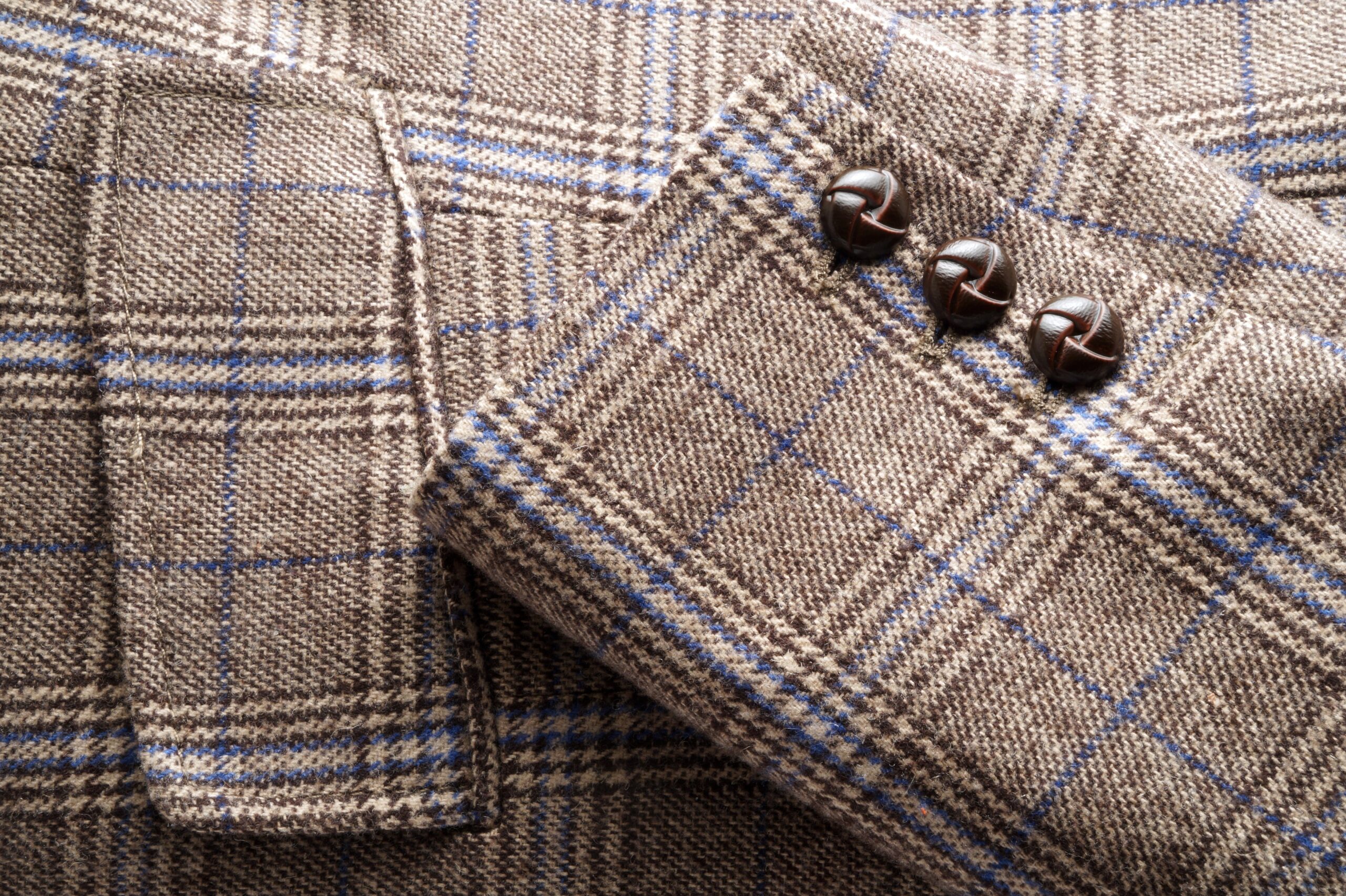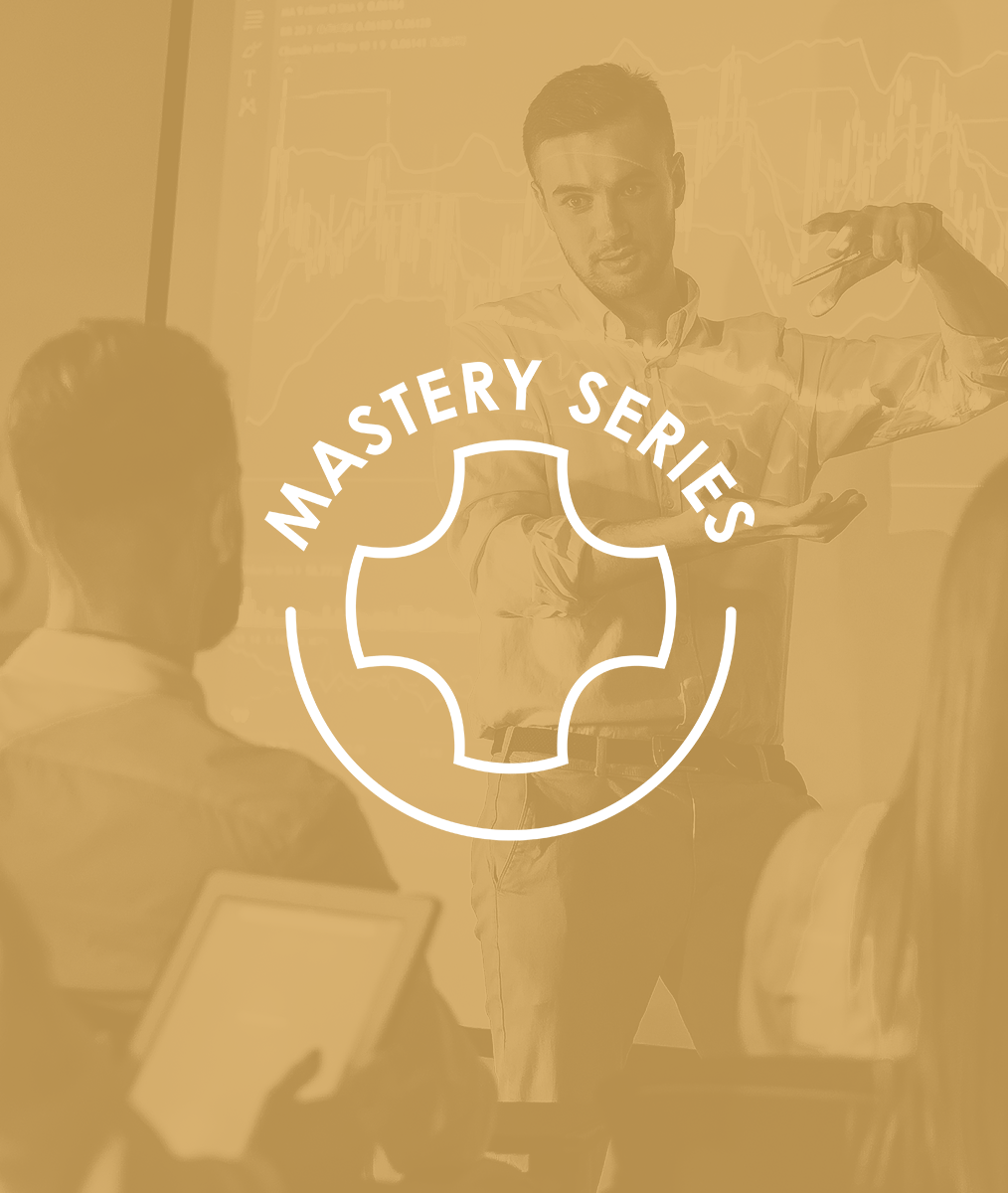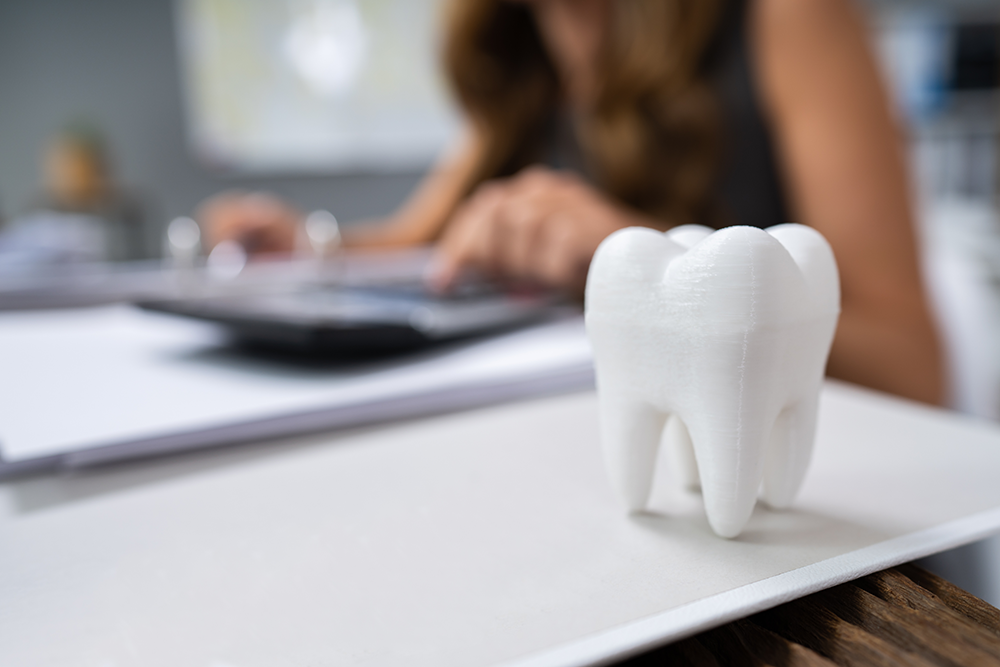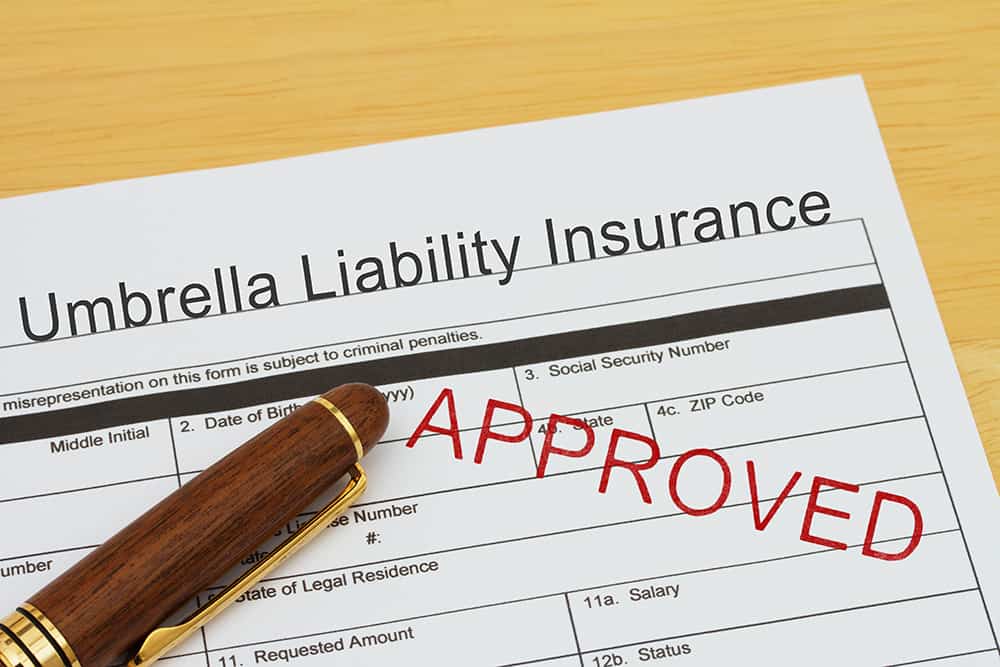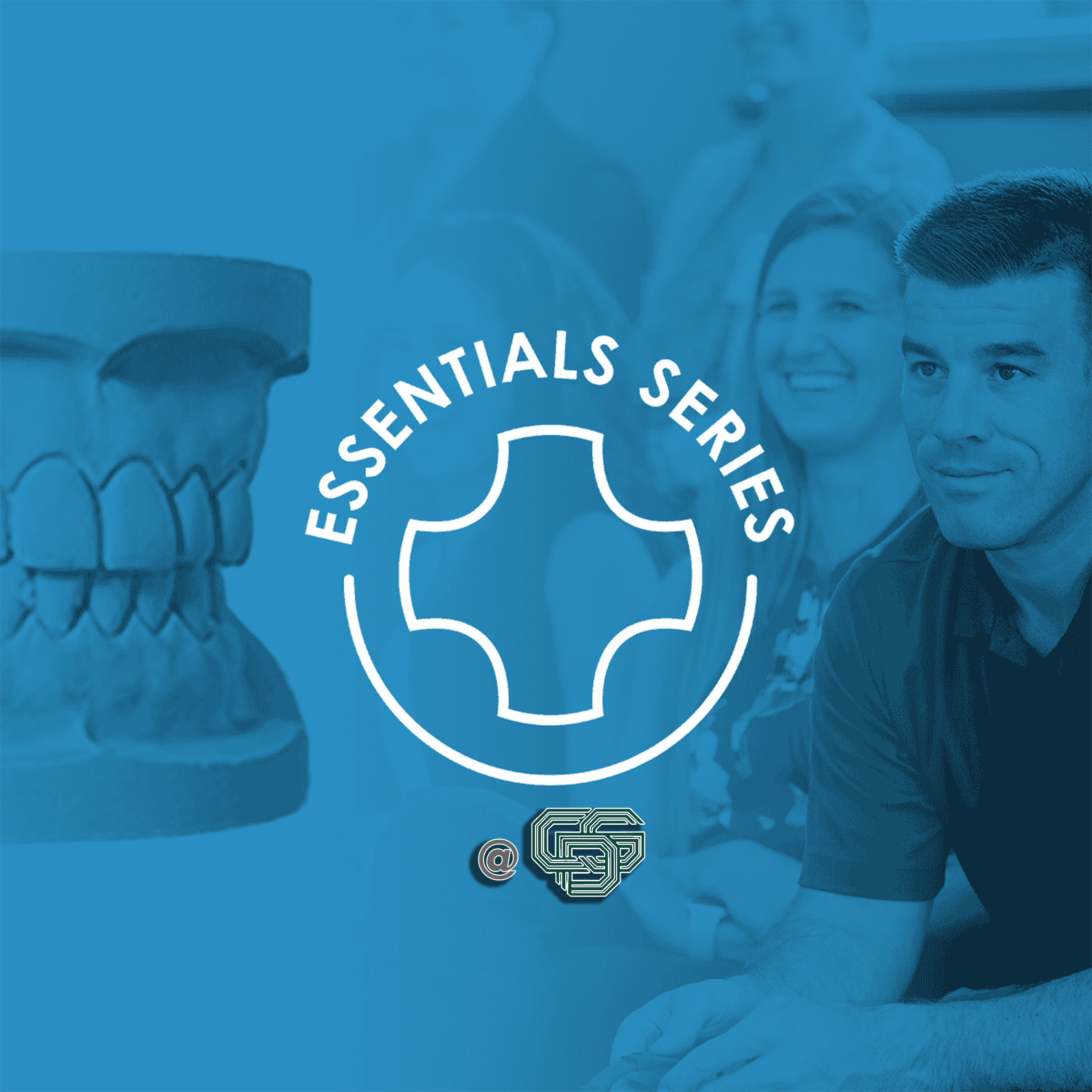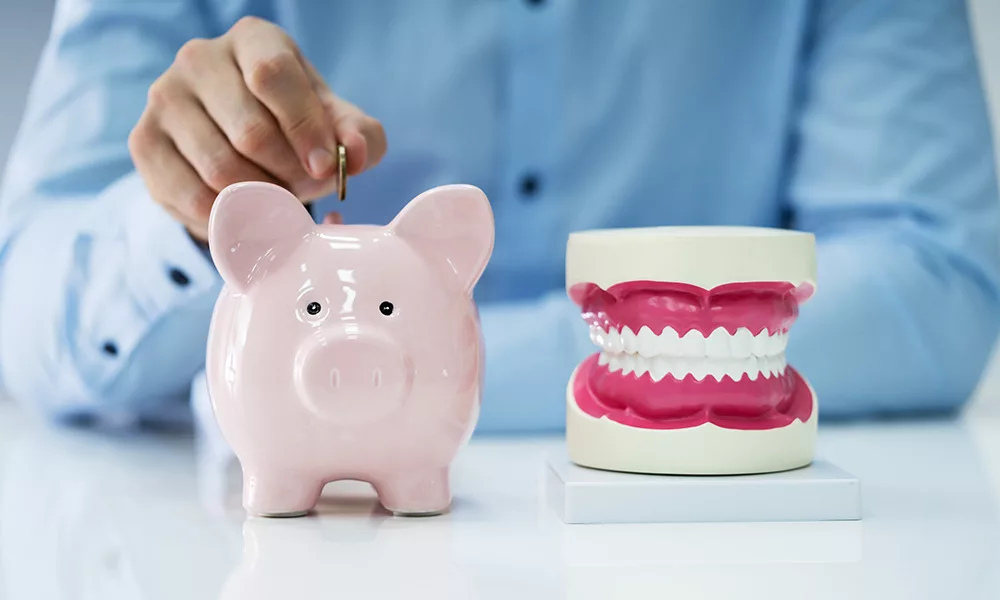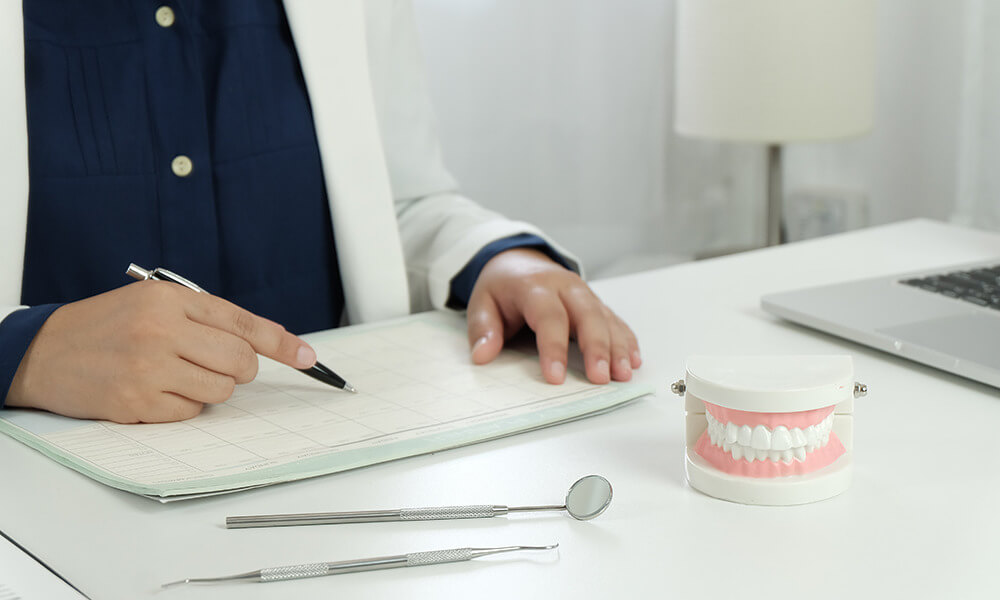Why I Bought a Tweed Jacket in Ireland
Clayton Davis, DMD
Hint: It wasn’t because I was cold.
A First Impression I Will Not Forget
One of the activities my family enjoyed on our vacation to Ireland 25 years ago was visiting the famous McGee tweed factory in Donegal. They had a loom set up so visitors could pick out threads, weave with the shuttlecock, and make a pattern. My children were at an age when that was very entertaining.
On our last day in Ireland, we walked the main street of Sligo and stopped in the Mullaney Brothers haberdashery. While my wife looked for a few things, I waited with no intention of buying. An elderly gentleman walked up behind me, and with a charming Irish brogue asked, “I say, sir, are those your children over there?” I said, “Yes.” And he said, “Oh, they’re fine looking children. They are a credit to you, well behaved.”
As the conversation proceeded, he introduced himself as Mr. Johnny Mullaney. He inquired about where I lived and what we had done while in Ireland. He mentioned how he enjoyed watching the Olympics in my hometown of Atlanta. He knew a lot about Markree Castle, our accommodation for the week, and Rosses Point, a golf course I played at. He enthusiastically shared his opinion of its famous 18th hole. He was immensely proud of the golf course. Then he mentioned the pride they had in their tweed jackets made from tweed from the McGee tweed factory.
He pointed to the jackets and asked which of the tweeds I liked best. I pointed to one and he said I appeared to be size 41L (exactly right), and before I knew it, he had slipped the jacket over my shoulders. As he brushed his hands over my shoulders and down the sleeves and tugged at the cuffs and bottom of the jacket, it felt tailor-made for me. I told him I liked the way it fit, but our luggage would be tightly packed for our trip home. I expressed my concern the jacket would end up badly wrinkled. He said, “Oh, it’s tweed, sir. We can fold it very nicely and have it ready for you to pack and it will unfold without wrinkles when you get home.”
I liked the look of the jacket, yes, and I appreciated the quality of McGee tweed. But ultimately, what I appreciated most, what made me want the jacket, was Johnny Mullaney, himself; the consummate haberdasher, a master at his craft, who won me over by becoming my friend in a mere five minutes.
I thought, “I don’t have a memento of this trip. This jacket will always remind me of our wonderful trip, our day at McGee factory, and this endearing Irish businessman.” I said, “Mr. Mullaney, I will take the jacket.”
What I Learned from that Lasting Impression
There are four elements from meeting Johnny Mullaney that I apply to meeting every new patient in a preclinical interview:
- Make a friend. (How can you trust each other if you don’t become friends?)
- Make an invitation. (Accepting an offer to be examined makes co-discovery exams flow.)
- Make it easy. (Find out their concerns, and address them.)
- Connect the feeling to the choice. (People do business with people they like.)
You see, we always make choices based on our feelings. The preclinical conversation allows the new patient to feel good about my desire to genuinely help them and understand their feelings and needs. This is how we can move forward toward optimal care.
A Series of Invitations Lead to the Treatment “Yes”
When dentists ask me how they can do more cosmetic and restorative cases, they are usually surprised when I tell them it begins with doing pre-clinical conversations at the first visit.
- You can’t do comprehensive cosmetic and restorative treatment until you’ve presented a treatment plan.
- You can’t produce a treatment plan until you’ve done a good diagnosis.
- You can’t produce a diagnosis until you’ve done a thorough exam.
- And that thorough exam is incomplete when it doesn’t start as a good preclinical conversation with the new patient.
The preclinical conversation sets the tone for trust and healthy open communication. It is the essential first step in creating a lasting good impression that leads to the first “yes” in a series of invitations on the way to treatment.

